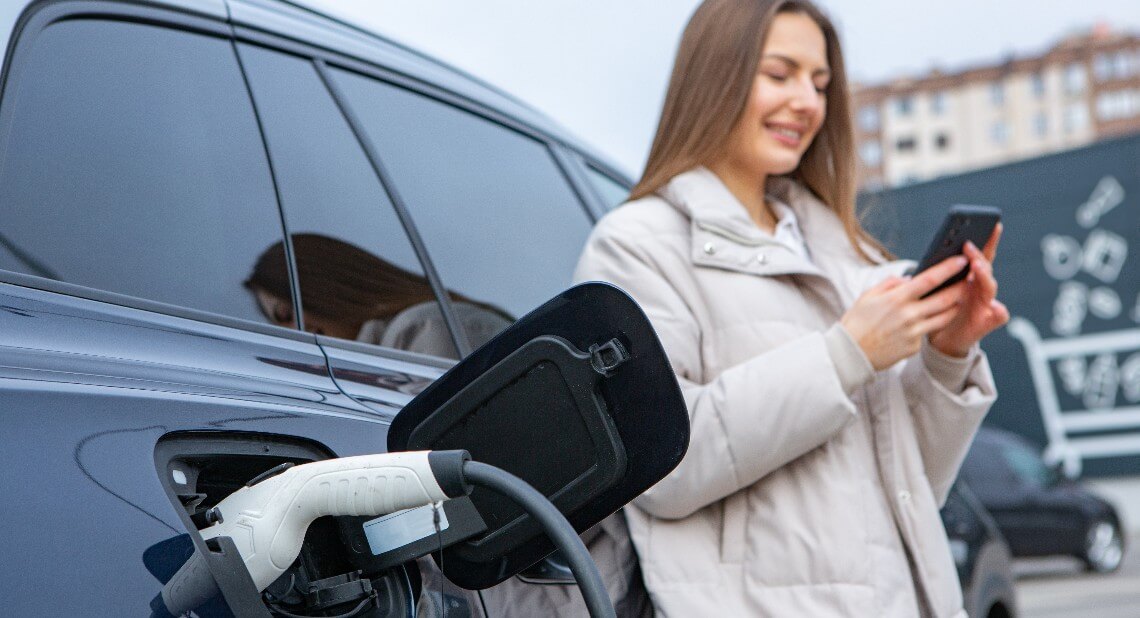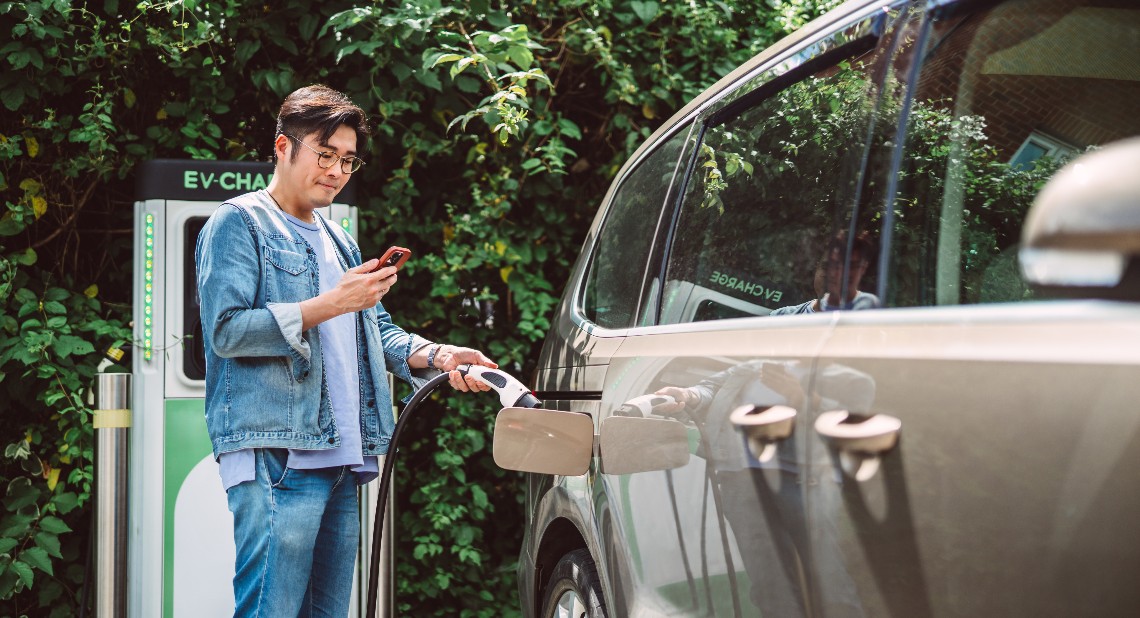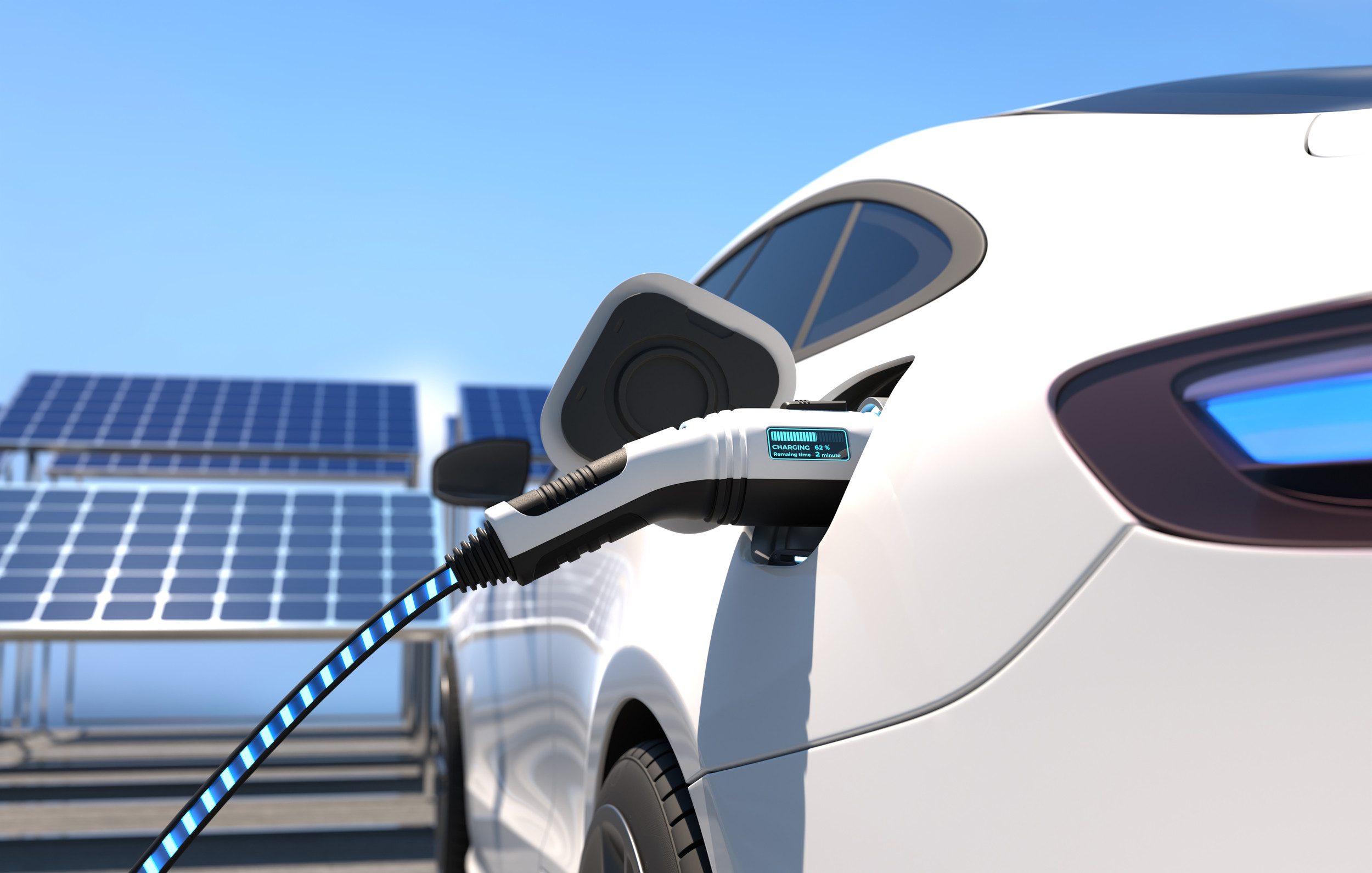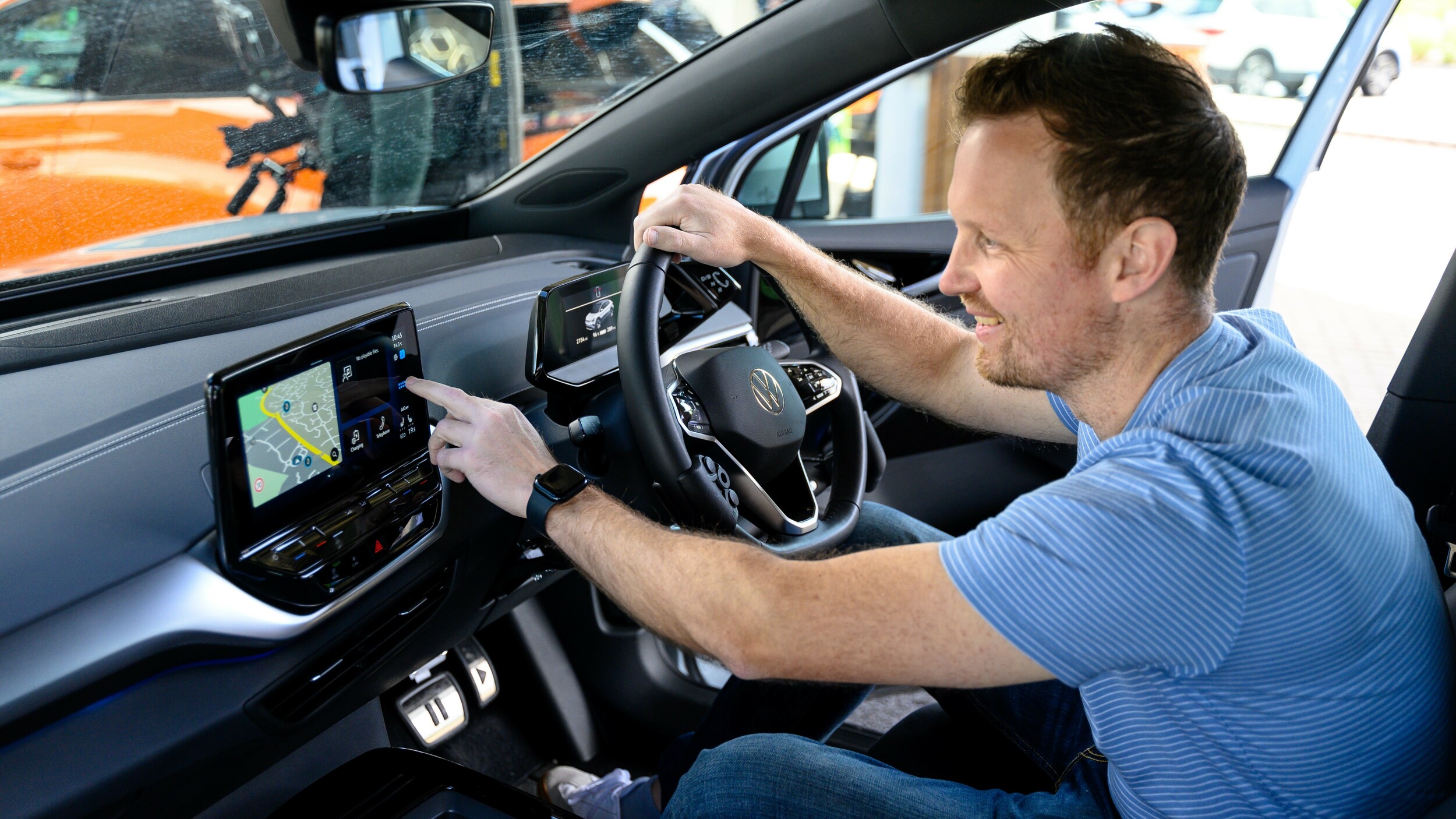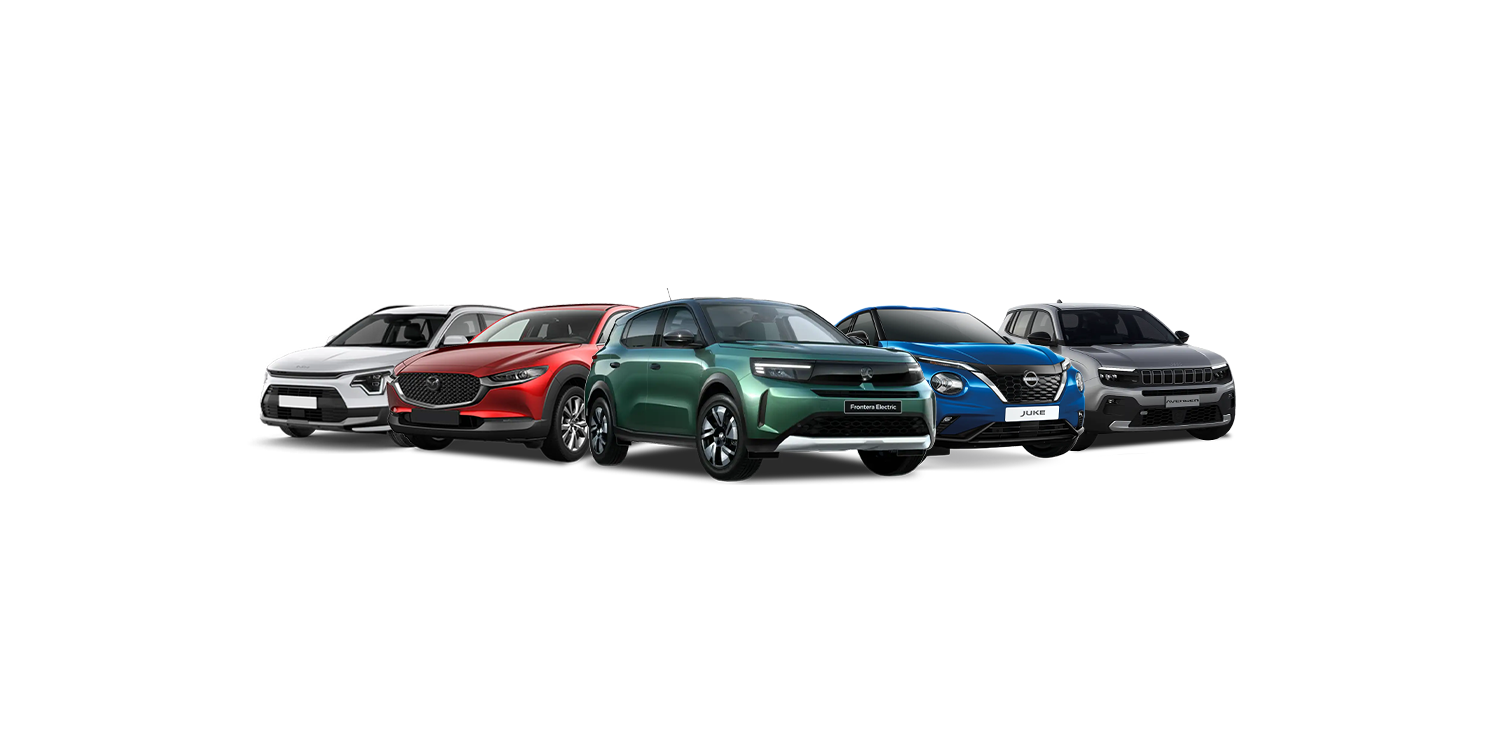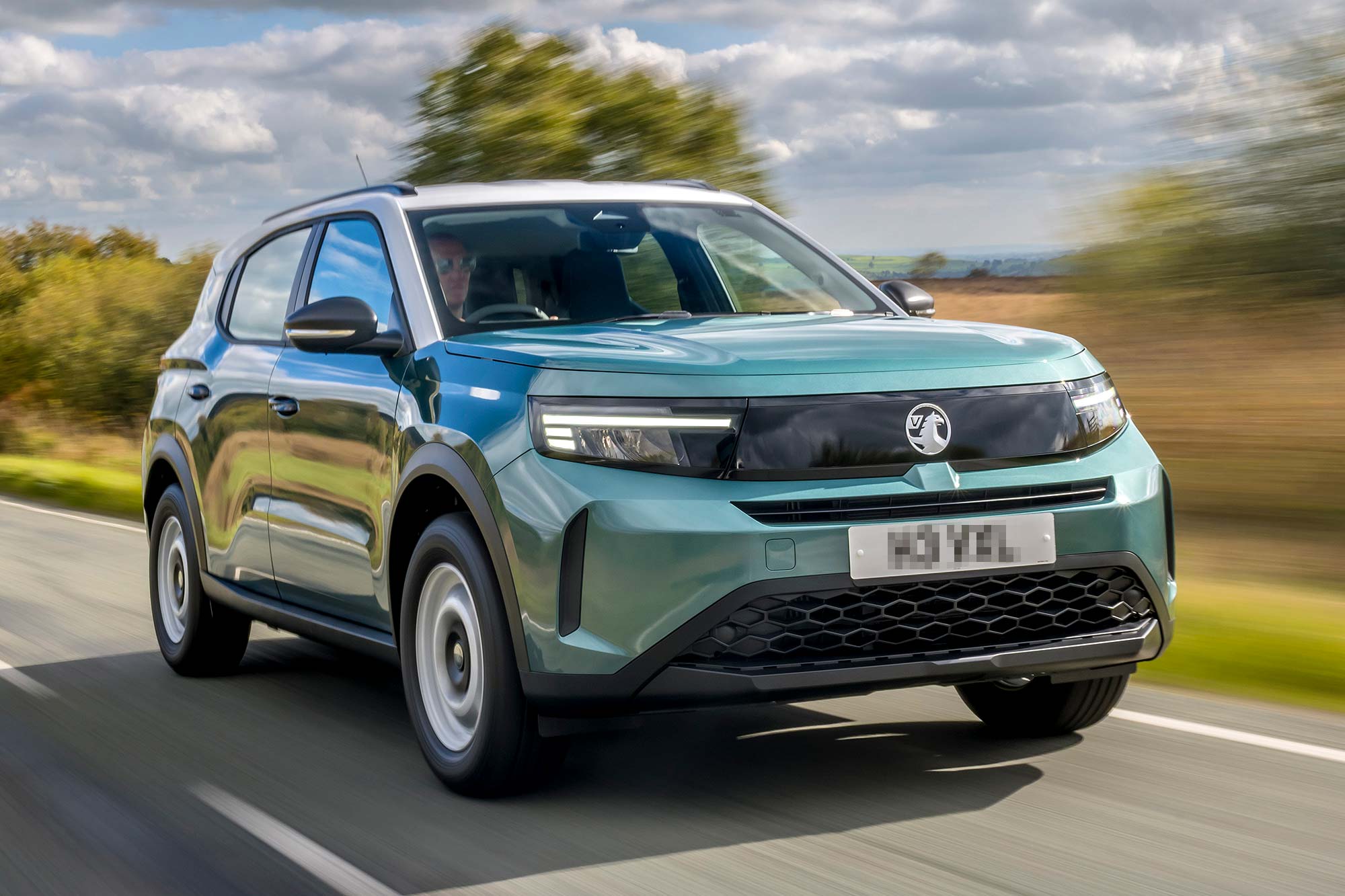Charging Apps are essential to EV drivers and are designed to be used on smartphones. Using the right app is key when charging your electric vehicle (EV). Motoring journalist Nick Harper shares a selection of apps to help you with home charging, public charging and route planning.
With more EVs being produced by manufacturers to meet the ZEV Mandate, there are over 1.1 million fully electric cars on UK roads.
The apps available today can make your charging experience better whether you’re charging at home or on the go. Just like lots of us have used Google Maps or a satnav to navigate, there are apps to help you plan your route and where you’re going to charge.
- What home charging apps can I use?
- What public charging and route planning apps are available?
- bp pulse (public charging)
- Motability Go Charge (public charging and route planning)
- Zapmap (route planning)
Having a home chargepoint can be the cheapest way to charge your EV, especially if you charge at the right time and get a tariff that works for you.
Charging at home can be made easier if you make the most of your home chargepoint app. If your car is already plugged in, then your home charging app can give you full control to turn this on or off without having to go and do it yourself. Just like if you want to smart charge your electric car, it’s charging at the cheapest energy rates.
Ohme
When you lease your first electric car through the Motability Scheme, you’ll get a home chargepoint and standard installation at no extra cost with Scheme partner, Ohme. This can depend on a few things, like if you have off-street parking next to your home, such as driveaway or garage, or if you need to get permission from the homeowner.
With the Ohme app, you can control your charging so you have enough charge for when you need your car. If you’re on a specific tariff, the app will allow you to charge at the cheapest times and you’ll be able to see how much you’re spending. Ohme also has a power boost mode that lets you charge at maximum speed if you’re in a hurry.
Android and iOS | Ohme
Dedicated car manufacturer apps
You may find your car manufacturer has an app which you can use for home charging. These apps will allow you to control your charging and get information about your charging habits.
You can also precondition your car from your app. This means you can turn on the heating or the air-con before you get into your car. The good thing about preconditioning at home is that if you do this while your car is still on charge, it will not use any of your battery’s range.
You’ll be able to download the manufacturer’s app once you’ve received your vehicle.
What public charging and route planning apps are available?
The number of public chargepoints rose by 43 percent in the last year. There are now over 60,000 EV charging points across the UK in over 32,000 charging locations.
Public charging apps are designed to make finding and using these chargepoints easier, and sometimes cheaper. They usually give information to help you plan your journey and choose where best to recharge including showing the availability of chargepoints in real time, estimated charging costs and speeds, and reviews from other customers.
bp pulse
If you lease an EV through the Motability Scheme but cannot get a home chargepoint, they’ll give you a subscription to the UK’s largest public charging network, bp pulse. The bp pulse app lets you search for nearby chargepoints across the UK, including 3,000 rapid and ultra-fast chargepoints. The app also lets you plan and save routes and shows your journey history.
Android and iOS | bp pulse
Motability Go Charge
When you lease an EV through the Motability Scheme, you get exclusive access to the Motability Go Charge card and app. This app has a network of more than 50,000 public chargers from more than 20 chargepoint operators in the UK. It’s included in your all-inclusive package with the Scheme and is completely free to use.
With Motability Go Charge, you’ll be able to plan your journey. There is a built-in map to the app which helps you find public chargepoints and filter by connector type and speed.
Like a home charging app, you’ll be able to control your charging through the app. And you can also track how you charge and how much you’ve spent over time.
Android and iOS | Motability Go Charge
With a route planner like Zapmap, you can find public chargepoints across the UK and see if they’re available in real time. You can plan your journey and tailor your route to suite your needs. You can use filters to set the different routing modes so you can see charging stations along the way and which chargepoints you’d like to use.
Android and iOS | Zapmap
Find an electric car with the Motability Scheme
You can see the full range of electric vehicles (EVs) available on the Motability Scheme. Simply click the ‘Electric’ box under ‘Fuel Type’ in our Find a vehicle tool.
Request a free information pack to learn more about the Scheme.
Related articles
8 ways EVs make driving better
What is smart charging for electric vehicles (EVs)?
Why EVs need less maintenance than petrol or diesel cars
![]()
